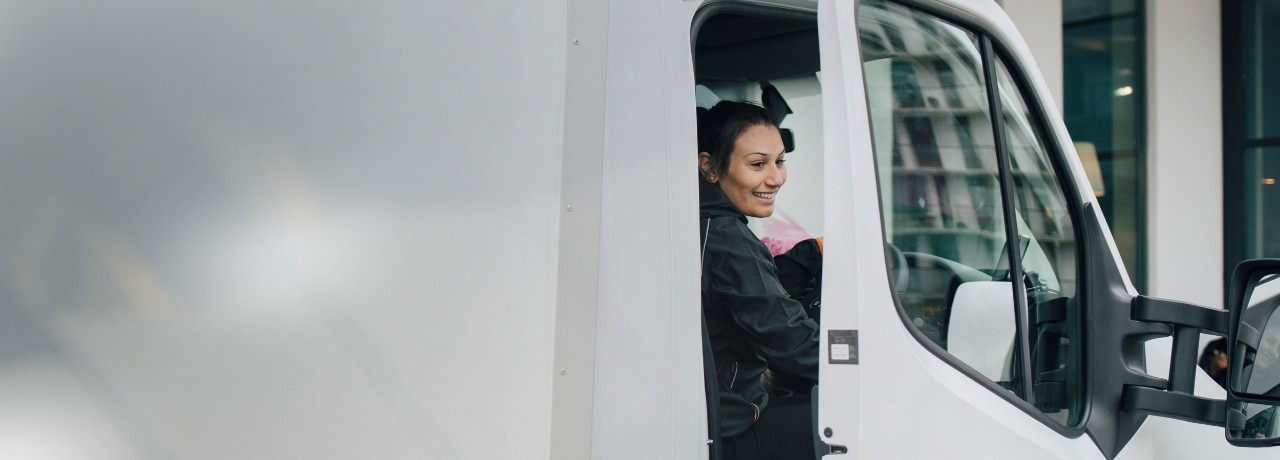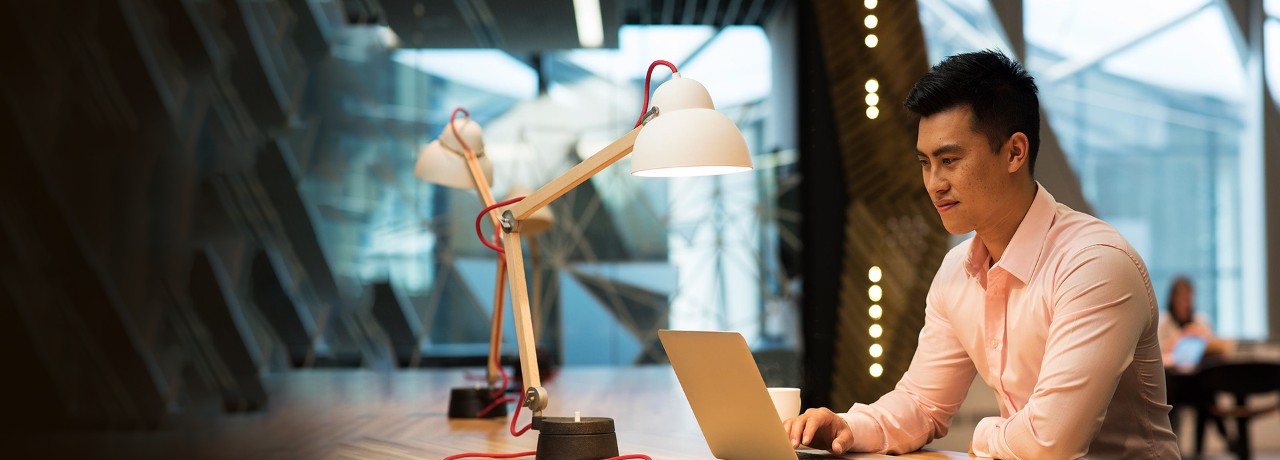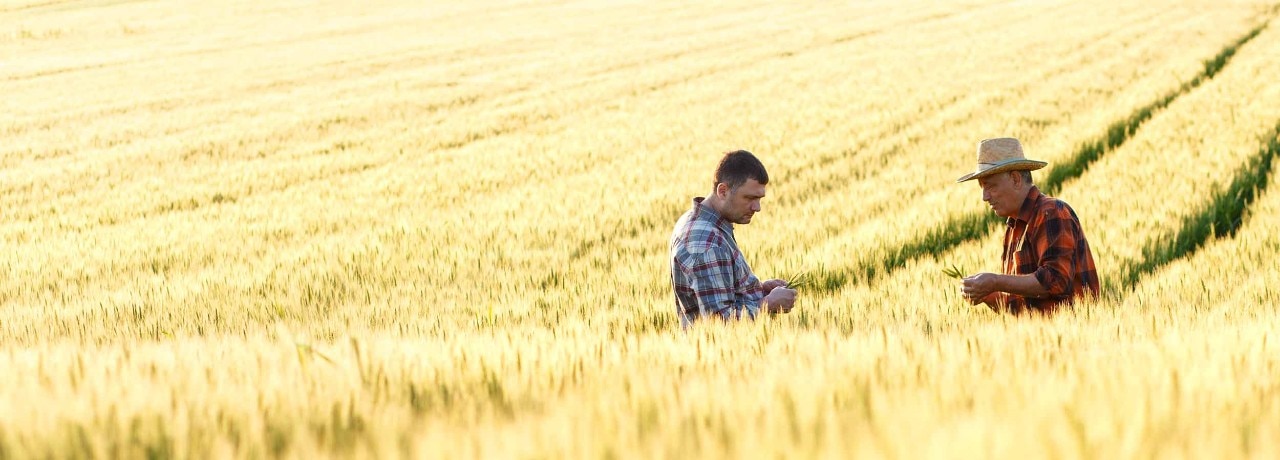Equipment financing for your business - NAB
Get started with equipment financing
Choosing smarter ways to finance the equipment you need can benefit the rest of your business in ways you hadn’t expected. Here’s how to get started.
Choosing the right financing solutions
Arranging car finance or small business loans to purchase equipment for your business can sometimes seem complicated. However, you’ll find a range of flexible equipment finance solutions available, enabling you to free up more of your working capital in order to grow your business.
Selecting the right financing option depends on your business goals, cash flow and operational needs. Here are some key questions to consider:
- Do you want to own the equipment or maintain flexibility to upgrade?
- How long will you need the equipment?
- What is your budget for monthly repayments?
- How will the equipment generate income for your business?
Some of the most popular business finance options available include an equipment loan or finance lease agreement.
Why wouldn’t you pay cash?
Many businesses don’t have enough available cash to consider an outright purchase, making business equipment financing a necessity. Even if you can afford it, investing cash in assets may leave you with less working capital to finance operations or explore new growth opportunities.
That’s where the flexibility of equipment finance comes in, allowing you to align repayments to suit your cash flow. You may also be able to claim tax deductions.
For example, if you run a delivery business, it’s not necessary to pay upfront for all the vans you use. You might consider a range of vehicle finance options, from an equipment loan to a finance lease.
Using these products gives your business the opportunity to use the vans in exchange for regular payments, rather than paying the full lump sum upfront.
Your business equipment financing options
There are different types of business loans available to suit a range of scenarios. Here are some common financing options.
An equipment loan
Taking out an equipment loan (also known as a chattel mortgage) can be an effective way to finance business equipment purchases, especially if it’s important to you for the business to own the asset from the outset.
Businesses can usually get a loan for the full cost of the goods (no upfront deposit) with the asset itself serving as security for the loan. Generally, the interest you pay plus the depreciation of the asset is tax deductible to the extent the asset is used in your business.
The advantage of a vehicle or equipment loan is that it doesn’t tie up all your funds and generally doesn’t require additional security, enabling you to use your available cash and credit lines to generate income. Ownership passes to you immediately and your bank registers a goods mortgage over the asset.
An equipment loan can be tailored to suit your business’ cash flow, with a range of repayment options. You can also choose to reduce the loan amount and the related finance costs by adding some equity through a deposit or trade-in.
A finance lease arrangement
Leasing also allows you to get the latest equipment and vehicles with no capital outlay.
Your bank owns the asset and leases it to you for an agreed period. The rentals are structured with a residual value, and give you options at the end of the lease period. The lease payments may be claimed as a tax deduction, to the extent the asset is used in the business.
The advantage of having a residual value is that your monthly payments will be lower, placing less strain on your cash flow. However, if you want to eventually own the asset, you can make an offer to purchase (plus GST).
Cash flow considerations
Knowing how your business will be impacted when you take out equipment finance is important. Here are some key considerations to help you make the right decisions:
- Use a loan repayment calculator: Using our business loan repayment calculator can help you understand repayment structures on the funds you borrow.
- Prepare a cash flow forecast: You may consider preparing a cash flow forecast with your accountant to see how the new financing will affect your bottom line.
- Plan for seasonal cash flow variations: If your business experiences seasonal fluctuations, consider structuring your equipment finance repayments to align with your anticipated cash flow.
- Assess income generation and asset life: Knowing how and when your equipment can generate income can help you determine the best way of paying for it. You should also assess the expected productive life of an asset. This way you can avoid having to pay for an asset beyond its useful life or pay for a piece of equipment too quickly, putting stress on your cash flow.
- Seek expert advice: Talk to your accountant and NAB banker to help you get the right equipment finance package tailored to your budget and business needs.
Car and equipment finance for your business
Ready to start looking for equipment or vehicle finance for your business?
Other business moments
Why vehicle and equipment financing makes sense
Getting new vehicle and equipment needn’t cripple your cash flow – if you make use of flexible equipment financing options.
Grow your business with vehicle and equipment finance
How mobile food company Tasty Fresh buys a truck every two weeks.
Consider all the options when buying new equipment
How to choose the best equipment financing for your business.
Related products and services
Finance lease
Rent a vehicle or equipment to suit your business needs.
Business car and equipment finance
Find the right finance solution for your vehicle and equipment needs.
Unsecured business loans and overdrafts
Discover what unsecured business finance is and how to apply for it online.
Get in touch
Request a call back
Let us help with your business banking needs. Request a call back to chat with one of our business bankers.
Contact us
Explore our business banking contact information and get support with a wide range of products, services and topics.
Visit a NAB branch
Our business bankers are located all around Australia.
Important information
Apologies but the Important Information section you are trying to view is not displaying properly at the moment. Please refresh the page or try again later.
The information contained in this article is intended to be of a general nature only. It has been prepared without taking into account any person’s objectives, financial situation or needs. Before acting on this information, NAB recommends that you consider whether it is appropriate for your circumstances. NAB recommends that you seek independent legal, financial and taxation advice before acting on any information in this article.





